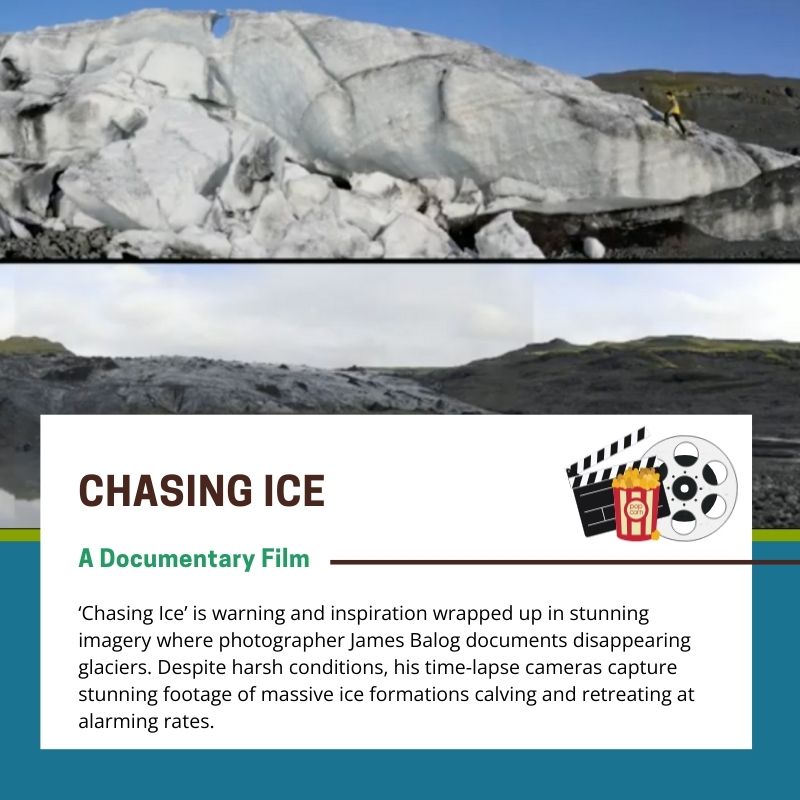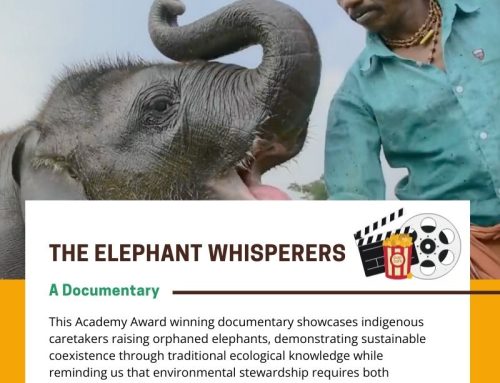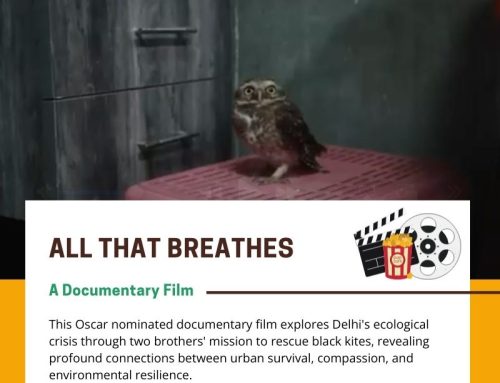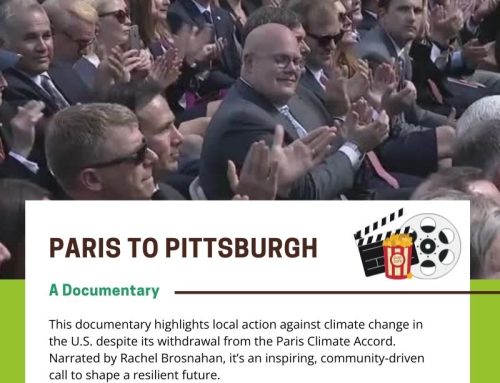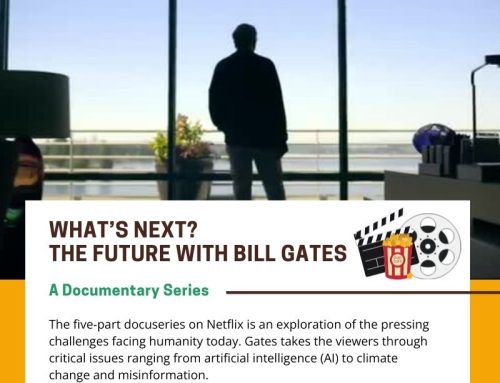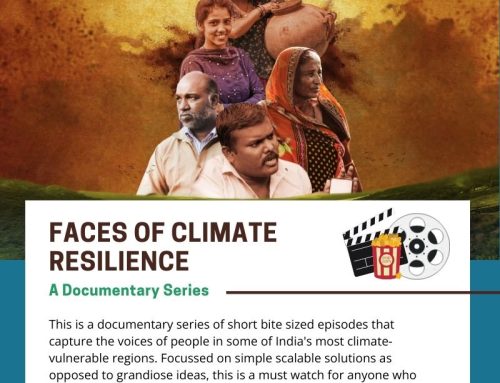There’s something inherently absurd about documenting the disappearance of something as massive as a glacier. It’s like watching a mountain decide to pack its bags and leave town—an event so geologically improbable that our minds struggle to process it. Yet in ‘Chasing Ice,’ photographer James Balog makes the impossible not just visible but visceral, capturing what might be the greatest magic trick nature never wanted to perform: the vanishing act of our planet’s ice.
Balog, a photographer who once doubted climate change (a fact he admits with the sheepish grin of someone confessing they once thought the Earth was flat), transforms into a man possessed. Armed with time-lapse cameras and a hefty amount of technical equipment, he launches the Extreme Ice Survey.
What follows is a tale of human stubbornness matching geological obstinance. The cameras malfunction. The weather is brutal. The technology rebels. But Balog persists with the determination of someone who has bet their retirement fund on a long shot. Only his long shot is trying to save humanity from itself.
The payoff for this persistence is footage that inspires the kind of awe usually reserved for science fiction films. We witness the Ilulissat Glacier in Greenland calving a piece of ice the size of Manhattan. The glacier retreats a distance that should have taken decades in mere hours. It’s like watching continental drift sped up – a phenomenon no human should experience, or cause.
These moments provoke a strange emotional cocktail: visual ecstasy mixed with existential dread. The footage is so spectacularly beautiful—crystal blues collapsing into foam white seas—that you momentarily forget you’re watching the obituary of our stable climate. It’s like attending the most gorgeous funeral you’ve ever seen, only to realise it might be your own.
What elevates ‘Chasing Ice’ beyond the spectacular visuals telling a doomsday story is its meticulous attention to data visualisation and effective use of sound design to tell a compelling story. Balog doesn’t just show us pretty pictures of ice; he demonstrates change over time with the precision of a scientist and the composition of an artist. The before-and-after comparisons of glaciers are presented with extreme clarity and provide undeniable evidence of how the world is changing.
There’s a moment when the film overlays the height of the Empire State Building against a calving glacier to provide scale. The ice dwarfs the building. It’s a visual metaphor that silently screams: Your human achievements pale in front of nature’s transformations operating on an entirely different scale.
Amid the sweeping vistas and collapsing ice mountains, the documentary never loses sight of the human story. We watch Balog struggle with knee surgeries, technological failures, and the psychological weight of documenting environmental catastrophe. His team battles frostbite, isolation, and equipment that refuses to cooperate in freezing cold temperatures.
In one particularly moving scene, Balog breaks down while reflecting on what the future might hold for his daughters. It’s a reminder that behind the scientific debate and political posturing around climate change are real people worried about real futures.
The cruel irony of ‘Chasing Ice’ is how stunningly beautiful it makes climate disaster look. Balog’s photographs could hang in galleries beside the greatest landscape photographers in history. There’s an uncomfortable tension in admiring the aesthetic splendour of ecological collapse. Yet this beauty serves a purpose. By making us fall in love with these ice formations, the film ensures we mourn their loss. It’s much harder to remain indifferent to the disappearance of something whose majesty has moved you.
‘Chasing Ice’ concludes not with a bang but with a splash—the sound of ancient ice returning to liquid form. It’s the soundtrack of a planet changing states, of solid becoming fluid, of certainty dissolving into question marks.
As the credits roll, you’re left with the unsettling knowledge that this documentary’s subject matter is literally disappearing faster than filmmakers can document it. Balog’s images are certainly art and evidence, but they’re also time capsules of a world that’s melting away frame by frame.
‘Chasing Ice’ stands as both warning and inspiration. It reveals what we stand to lose while simultaneously demonstrating how a single determined individual with a camera can help change the conversation about our planetary future. In that paradox lies hope—as thin but persistent as the ice Balog chases across a warming world.

